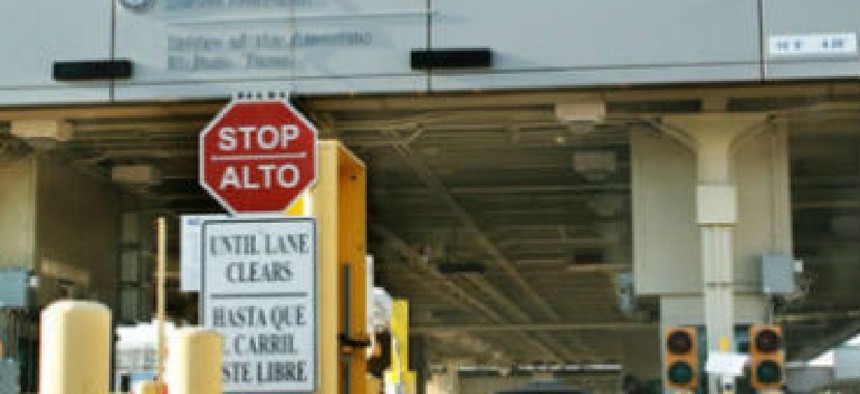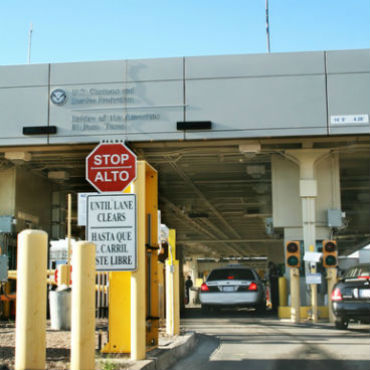House panel probes delays in border enforcement system

The modernization effort is running into a familiar problem: trying to update legacy tech while simultaneously keeping the system running.

Photo by iodrakon/Shutterstock.com
Congressional overseers are concerned that an eight-year, $1.5 billion plan to take a key border screening database off legacy mainframe computers is running behind schedule and wasting money.
The initiative, called Traveler Enforcement Compliance System Modernization (TECS Mod), has two components. Customs and Border Protection runs a $724 million program to move its border screening system to Department of Homeland Security data centers by 2016, and Immigration and Customs Enforcement is leading a parallel $818 million project to unify a case management system.
The CBP project is suffering from delays and management hiccups, while ICE has gone back to the drawing board to reconceive and rebid its piece of the project.
"Due to unmet requirements, ICE is starting over on redeveloping its requirements after spending some $60 million and failing to produce any deliverables," Rep. Jeff Duncan (R-S.C.), chairman of the House Homeland Security Committee's Oversight and Management Efficiency Subcommittee, said during a Feb. 6 hearing. "After about four years and $60 million, ICE has little to show for [the investment and] doesn't yet know the revised total cost or what the program will achieve."
TECS, which has been operational since 1987, has become increasingly expensive to maintain, with licensing and maintenance costs set to hit $40 million to $60 million by 2015. The system has more than 70,000 daily users and is responsible for processing screening information for about 900,000 visitors and 465,000 vehicles crossing the country's borders every day.
CBP CIO Charles Armstrong said part of the challenge in creating a new version of the system is keeping the current one operational and synchronized across the many government agencies that use TECS.
Dave Powner, director of IT management issues at the Government Accountability Office and author of a GAO report on the project, said high-level executive oversight would be essential to keeping the project on track. Executive steering committees at DHS that include the department-level CIO and the undersecretary for management are important "for holding contractors' feet to the fire," he added.
He also advised the agencies to issue more specific requirements so contractors know exactly what they're supposed to deliver and the financial consequences of missing deadlines or turning in shoddy work.
Currently, only one of five planned improvements to CBP's portion of TECS has been deployed -- a secondary screening process that helps border agents access information on individuals who have been referred for additional inspection at crossings and ports of entry. According to CBP, other improvements are set to go online by September 2015. They include conducting initial traveler screenings, maintaining a unified watch list for travelers who require extra scrutiny, modifying the query system to accommodate foreign alphabets and centralizing access to travel documents.
The ICE portion of TECS Mod is proceeding, said agency CIO Thomas Michelli. Agency officials recently issued a solicitation for a commercial solution and are hoping to make an award in June.



